USNI News polled its writers, naval analysts and service members on what they consider the most important military and maritime stories in 2015.
U.S. Carrier Gap
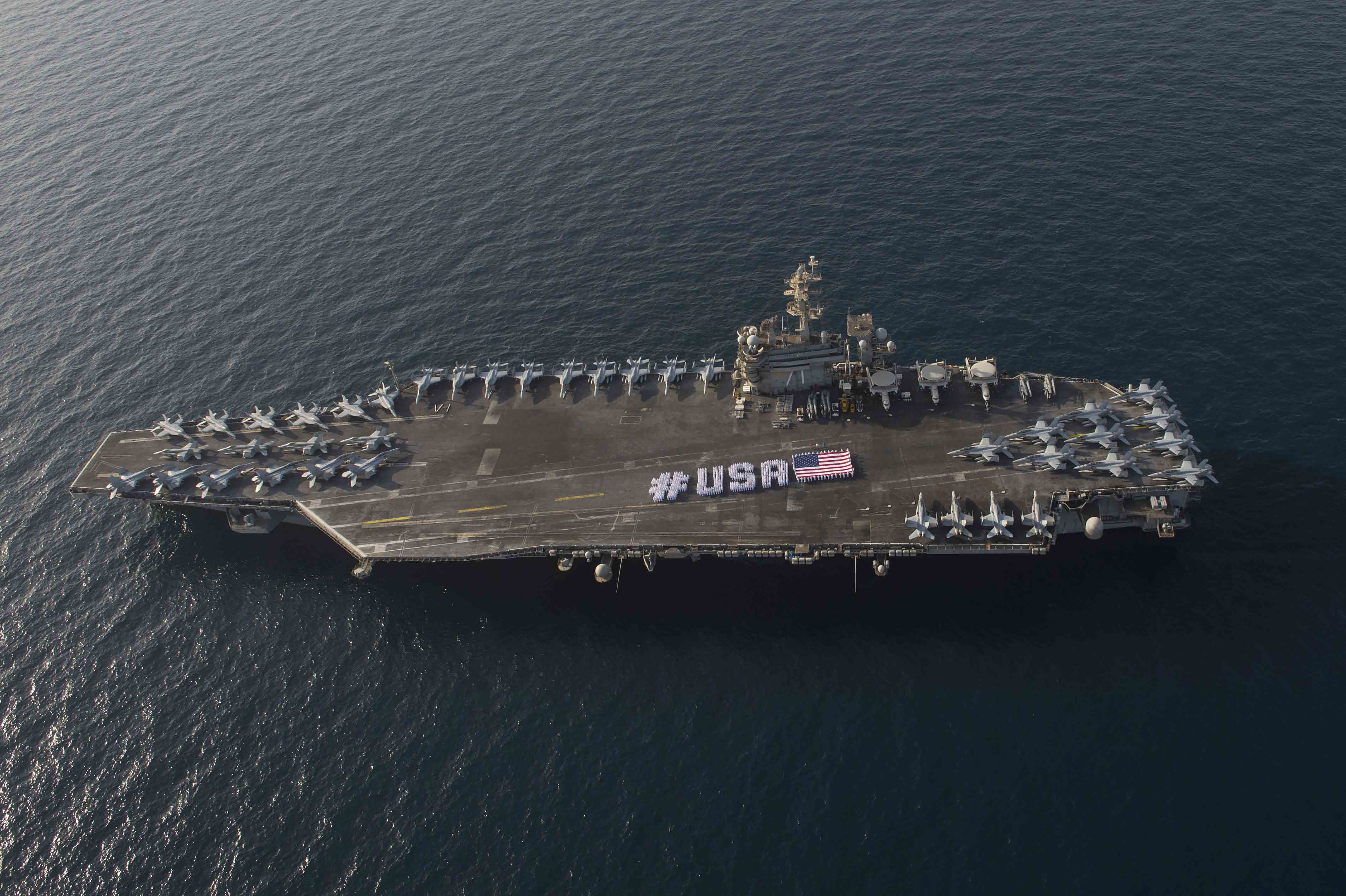
The U.S. Navy had no aircraft carrier in the Middle East for two months this fall, leaving the United States with less fire power in its campaign against the Islamic State. USS Theodore Roosevelt (CVN-71) left U.S. 5th Fleet on Oct. 13 to head to its new homeport in San Diego after an eight-and-a-half-month deployment. USS Harry S Truman (CVN-75) left Norfolk on Nov. 16 and chopped into 5th Fleet on Dec. 16, ending a two-month gap in carrier air wing firepower.
As the Navy transitions into its new readiness and deployment model, the Optimized Fleet Response Plan, officials have said carrier gaps may continue. The Navy, in an effort to restore readiness –both in the ships’ material condition and by providing more predictable deployment schedules for the sailors – will operate under a supply-based model rather than a demand-based model. In essence, the service will provide as much carrier presence as it can for the combatant commanders, rather than sending ships out on double-deployments and extending deployments mid-float to attempt to meet combatant commander needs.
Following a report by the Center for Strategic and Budgetary Assessments, Senate Armed Services Committee chairman John McCain (R-Ariz.) said he would take a “hard look” at adding a second aircraft carrier to the Forward Deployed Naval Forces, homeported in Japan, as a means of increasing forward presence and avoiding carrier gaps.
International Missile Defense Drill
The U.S. Navy led a nine-country Maritime Theater Missile Defense (MTMD) Forum Integrated Air and Missile Defense (IAMD) At-Sea Demonstration in October, firing off a Standard Missile-3 missile against a ballistic missile target in space off the coast of Scotland.
Nine of the 10 countries in the MTMD Forum – ships and aircraft from Canada, France, Italy, The Netherlands, Norway, Spain, the United Kingdom and the U.S., and personnel from Germany – came together for the first event of its kind. The event included the first launch of an SM-3 in a non-U.S. range, the first intercept of a ballistic missile target in Europe, and the first SM-2 launch in the Hebrides Range in Scotland, among other achievements.
Whereas European missile defense has predominately focused on land-based systems, MTMD Forum leadership hopes this demonstration will show the importance of maritime-based missile defense.
The at-sea exercise was also an opportunity for Aegis Combat System developer Lockheed Martin to observe how well the participants’ track and engage capabilities could link together, study the data and suggest improvements to the combat systems.
Aegis Ashore Activation
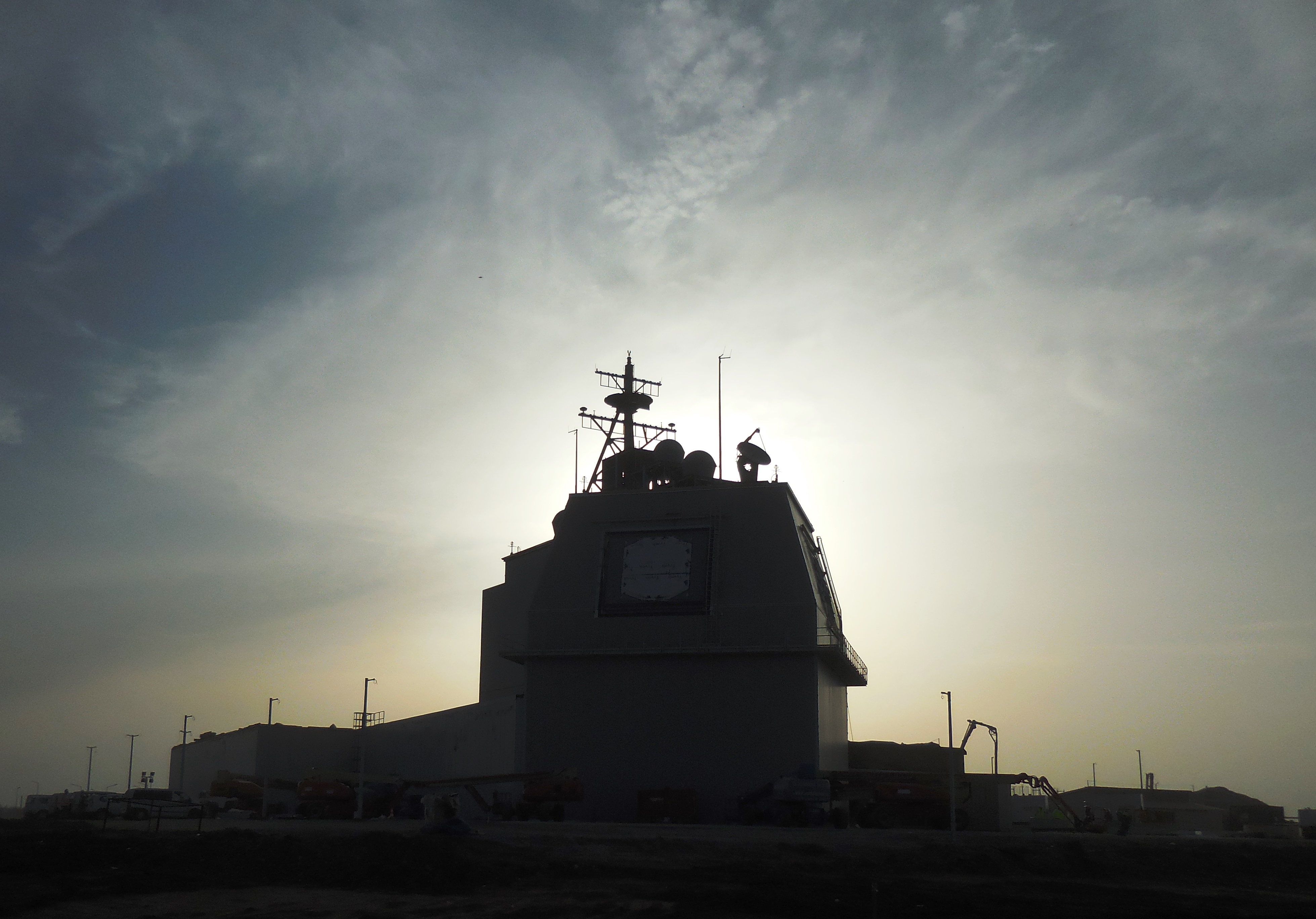
The Aegis Ashore installation in Deveselu, Romania, reached “technical capability declaration” in late December, signifying the end of the construction phase.
The missile defense site, a component of the European Phased Adaptive Approach that will be followed by a similar site in Poland, was meant to be operational by the end of the year. It will still take a few months to integrate the site with other missile defense assets in Europe, and NATO will take operational control of the site by the summer.
The Missile Defense Agency was in charge of the site during construction. U.S. Naval Forces Europe will oversee the integration phase, and NATO will eventually control the site for use as part of a network of land- and sea-based missile defense assets in the theater.
As construction in Romania wrapped up, the Aegis Ashore test site in Hawaii scored its first successful intercept on Dec. 10. An Air Force C-17 fired a target, and the Aegis Ashore system at the Pacific Missile Range Facility fired an SM-3
Missile Failure on USS The Sullivans
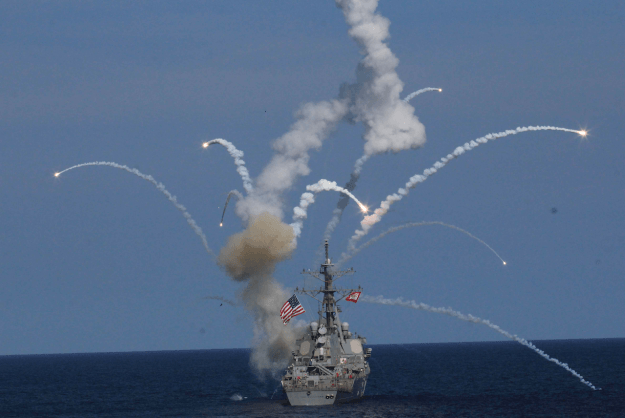
The failure of a solid rocket motor during a missile exercise caused a dramatic explosion and minor damage to the Navy’s guided missile destroyer USS The Sullivans (DDG-68) in July. Photos of the explosion showed if the failure of the solid rocket motor had occurred just a few seconds earlier it could have caused much more than the $100,000 in damage and likely caused some injuries onboard. “The damage was all topside – there was not structural or internal ship damage,” Lt. Cmdr. Myers Vasquez, a spokesman with Naval Surface Force Atlantic, told USNI News on Thursday. The subsequent investigation isolated the fault to the 25-year-old Mk 104 Mod 2 Dual Thrust Rocket Motors (DTRM) manufactured by the defunct Thiokol Corporation — the same company that manufactured the solid rocket boosters used in the Challenger space shuttle disaster. As a result of the investigation, the Navy placed SM-2s with the Thiokol engines on a “wartime use only” restriction.
First NIFC-CA Deployment and More F-35C Testing
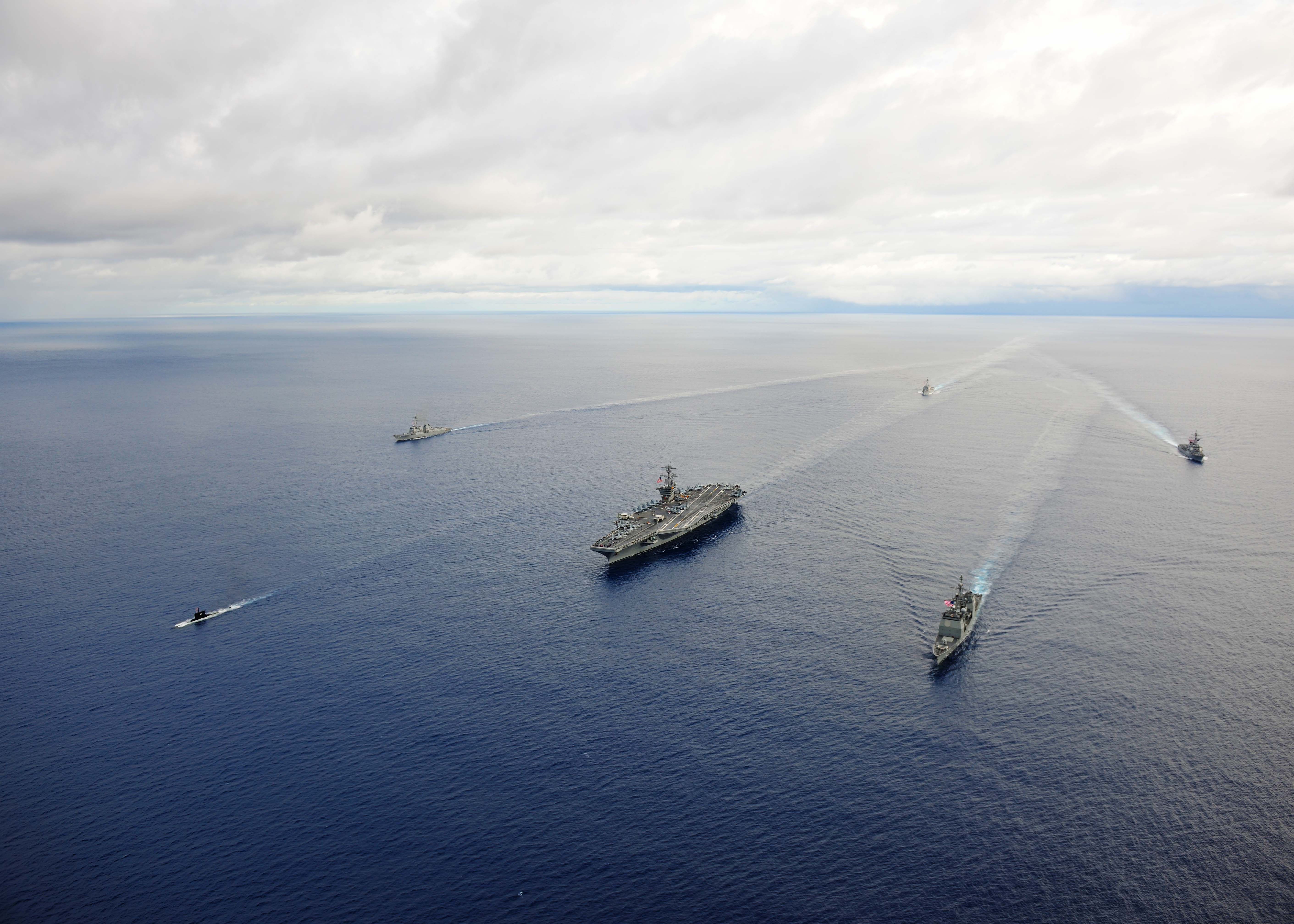
Fresh from its midlife refueling and overhaul USS Theodore Roosevelt (CVN-71) shipped out from Norfolk, Virginia as part of the Navy’s first Naval Integrated Fire Control-Counter Air—or NIFC-CA (pronounced: nif-kah) capable carrier strike group (CSG). In addition to the modifications to Roosevelt, “USS Normandy (CG-60) and a squadron of Northrop Grumman E-2D Advanced Hawkeye maritime surveillance aircraft form the backbone of the capability that creates a network of sensors and shooters the service promises to greatly extend the lethal range of the CSG,” wrote USNI News in March.
The concept is set to expand to include the emerging Lockheed Martin F-35C Lightning II Joint Strike Fighters as a key node in the construct. The Navy took the first steps in integrating the fighters on its carrier force in early October when a detachment from Navy’s Air Test and Evaluation Squadron 23 “Salty Dogs” (VX-23) landed the first carrier capable JSF on USS Dwight D. Eisenhower (CVN-69).
“The goal of this test phase is to find out how we can expand the envelope in which this aircraft works in an effective and safe fashion,” Navy test pilot Lt. Cmdr. Daniel Kitts. following the landing. ”We have a huge team working on this, and I know that each time I get in this aircraft it’s the culmination of a lot of people’s hard work.”
South China Sea Freedom of Navigation Operations
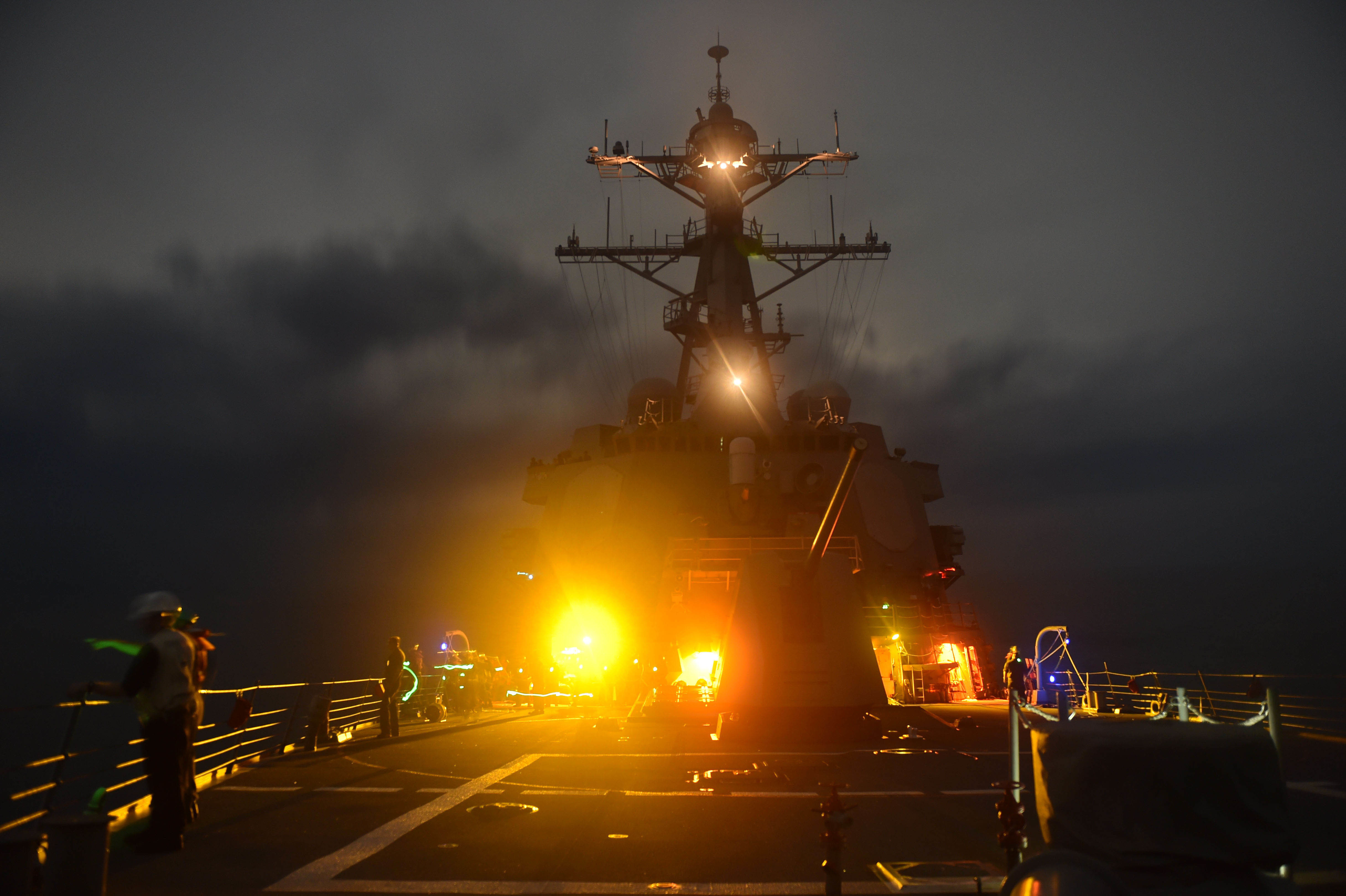
After a several years pause, the U.S. restarted freedom of navigation operations in South China Sea past Chinese artificial islands, drawing criticism from Beijing.
In late October, the guided missile destroyer USS Lassen (DDG-82) conducted a 72 nautical mile loop in the Spratly Islands coming within 12 nautical miles of structures China built on reclaimed land on Subi Reef as well as Vietnamese and Filipino holdings.
China quickly condemned the action has a violation on its territorial claims.
“China will resolutely respond to any country’s deliberate provocations,” the Ministry said in a statement.
“The actions of the U.S. warship have threatened China’s sovereignty and security interests, jeopardized the safety of personnel and facilities on the reefs, and damaged regional peace and stability.”
While China was vocal about its opposition to the move, back in Washington U.S. officials kept mum on the operation drawing criticism from some members of Congress.
“The White House directed Department of Defense officials not to say anything publicly about the incident. No formal announcements or news releases alerting the media to the passage of the destroyer, [Lassen], were to go out, White House officials ordered,” wrote The New York Times.
“And if asked, officials were instructed not to speak on the record about the specific maneuver.”
Secretary of Defense Ash Carter reluctantly confirmed some details of the operation after a withering line of questioning from Sen. John McCain (R-Ariz.) in a hearing shortly after news of the operation was widely leaked. The U.S. has pledged to conduct more FoNOps in the South China Sea in the following months.





